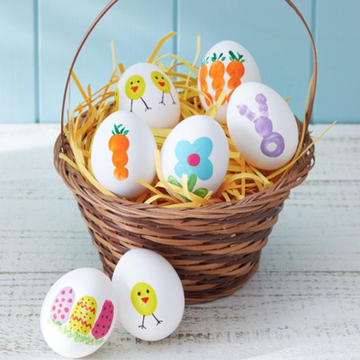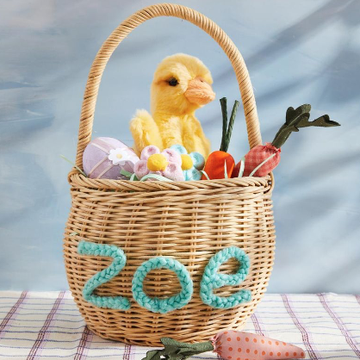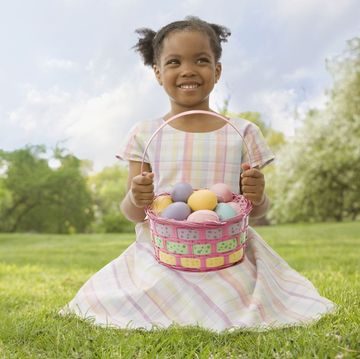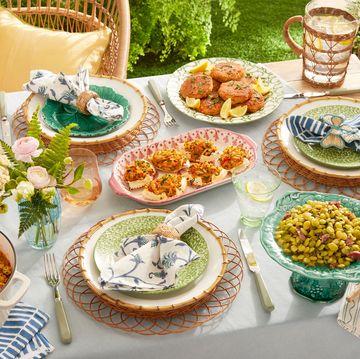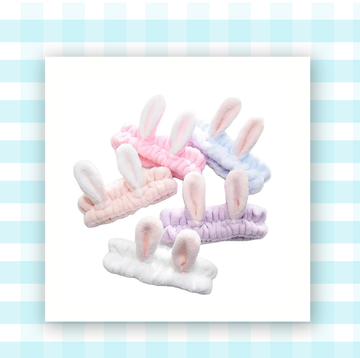10 Mardi Gras Traditions to Know
From krewes to king cake, get up to speed before you head to New Orleans.

It’s Carnival season. Time to laissez les bons temps rouler, find a baby hidden in a king cake, and catch some beads (but do not pick them up off the ground—that’s bad luck). Before you head to the Big Easy, you’ll want to brush up on these Mardi gras traditions.
Let’s start with the question of when is Mardi Gras because it changes every year, and you don’t want to miss the parade. Mardi Gras 2024 falls on Tuesday, February 13, but the fun started on January 6, the Feast of Epiphany, also known as Three Kings Day, on the Christian calendar. It culminates on Fat Tuesday (the translation of the French mardi gras). The lavish celebration is the last hurrah before the devout officially commit to what to give up for Lent in the weeks leading up to Easter.
The origin of Mardi Gras, some say, stretches back to pagan spring festivals in ancient Rome, elements of which were blended with Christian traditions. Others say, no, it was simply a response to the Catholic church banning sex and meat during Lent. Regardless, the Mardi Gras celebration in New Orleans, a culturally diverse port city with centuries of history, has taken on its own unique traditions, imbuing it with tons of local flavor.
Speaking of, if you want something savory to go with that king cake, peruse our recipes for favorite Mardi Gras foods (think jambalaya, boudin balls, and po’ boys). Or maybe you need some funny puns for your Mardi Gras Instagram captions (“Mardi gras, party gras!”). But first, read on for the top 10 Mardi Gras traditions, from the symbolic meaning of green, purple, and gold to the most popular parade “throws” and more.

Erin Cavoto is the Editorial Assistant at ThePioneerWoman.com, covering food, holidays, home decor, and more.
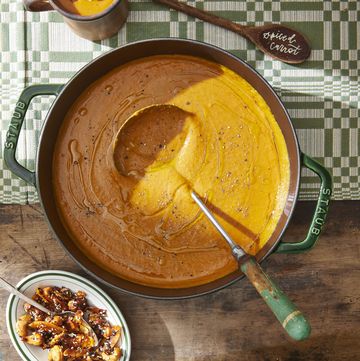
26 Best Carrot Recipes for Dinner and Dessert

How Harry & Meghan Celebrate Easter in California

Is Dutch Bros. Open on Easter Sunday 2024?

Easter Movies to Watch with the Whole Family










